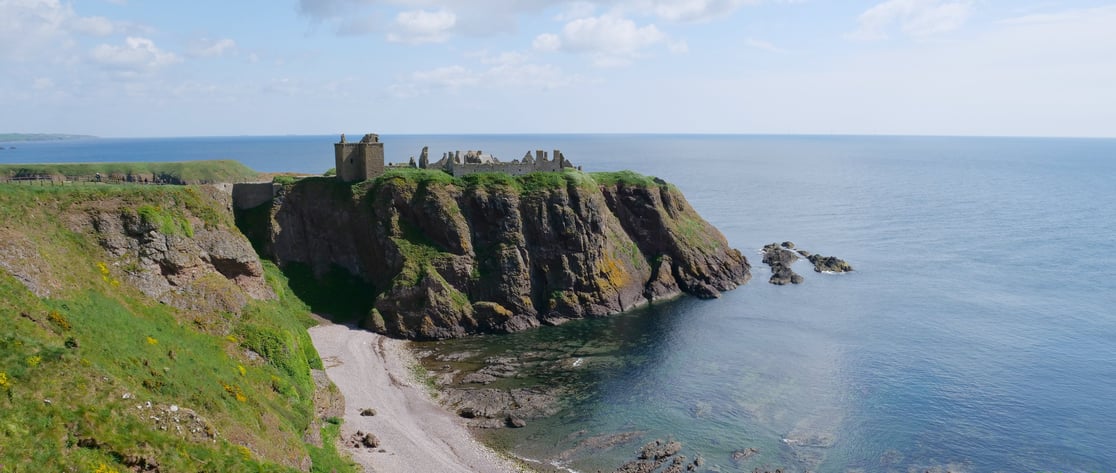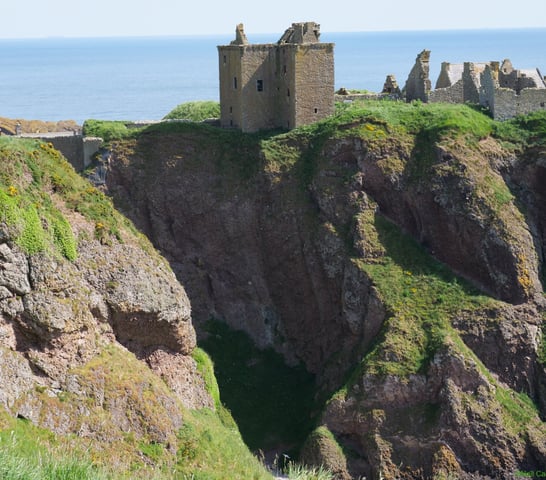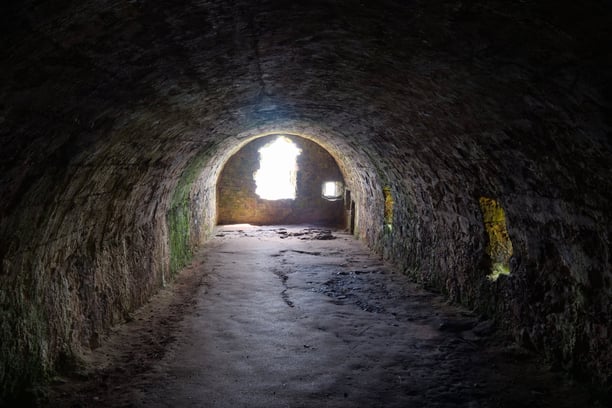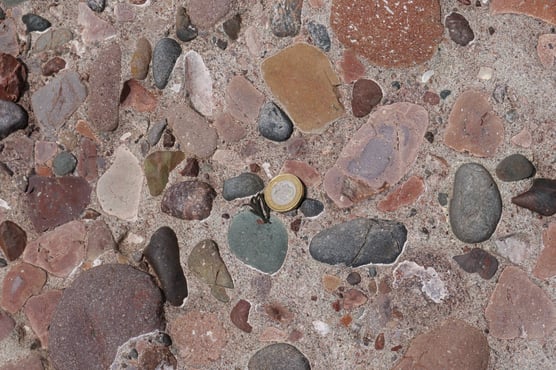Dunnottar Castle
7000 Years of Scottish History, Missing Honours, Cruelty and Puddingstone
SCOTLANDABERDEENSHIRETRAVEL
10/26/20243 min read


Early History
Research by Aberdeen University has found evidence (confirmed by carbon dating) of Pictish occupation of the crag dating back to between 5000 BC and 700 AD, making it the oldest Pictish fort known - 'Dun' is the Pictish for fort.
It is believed that St. Ninian visited around 400 AD and converted the Picts to Christianity and founded a chapel.
The Annals of Ulster record a siege here in 681, in 900 AD King Donald II was killed here fighting the Vikings who destroyed the fortifications. Rebuilding seems to have taken place fairly quickly as in 934 AD a series of coastal raids by the Saxon King Aethelstan of Wessex targeted the fortifications at Dunnottar.
In 1276 a chapel was built on the site of St. Ninian's Chapel, The English King Edward I captured the Castle in 1296, in 1297 William Wallace took the Castle back and burned the garrison to death in the chapel.
In 1336 the Castle was once again captured by the English, however the Scots, led by Sir Andrew Murray recaptured it the same year.




Turbulent Times
In late 1651 the Castle was besieged by Parliamentary forces led by General George Monck, by May 1652 Dunnottar was the last hold out for the supporters of Charles II. Cromwell was keen to capture the Castle as it held the 'Honours of Scotland' (the regalia of crown, sword and sceptre) and many of the private papers of Charles II.
The Castle was finally surrendered on 26th May 1652, but for Cromwell the victory was hollow as the private paper and the 'Honours of Scotland' had been smuggled out. The papers were returned to King Charles while the Honours were concealed in the Kirk at Kinneff, eventually being returned to King Charles when the Monarchy was restored in 1660.
The Castle was stripped of it's fixtures and fittings including 21 brass cannons.
Photo: The Keep


The Whig's Vault
In 1685 there was a rebellion against King James VII (James II of England) caused by his insistence that he be acknowledged as Supreme Head of the Church of Scotland. They were mainly Presbyterians.
200 Presbyterians being held in Edinburgh were marched to Dunnottar, by the time they arrived there were 122 man and 45 women left. They were thrown into a cellar, now known as the 'Whig's Vault', they were held there for 6 weeks with no sanitation and had to purchase food and water from the guards. 25 of the men escaped, 2 of whom fell to their deaths, 15 were recaptured and tortured.
Eventually the remaining prisoners were put on a ship for the West Indies, the ship actually ended up in New England, during the course of the voyage another 70 prisoners died.
Photo: The Whig's Vault
Dunnottar Castle is situated on the East Coast of Scotland about 17 miles South of Aberdeen. It stands on a outcrop of rock known as 'puddingstone' - basically a conglomerate of pebbles bound by a silica 'cement' formed in the Silurian Period (roughly 420 million years ago) - which is very resistant to erosion. The cliffs to the North and South are made from Old Red Sandstone and have been eroded away leaving Dunnottar standing proud in the North Sea.
The Castle can be reached by car (there is a carpark) or by taking the footpath along the cliffs from nearby Stonehaven. Access to the Castle requires visitors to take a path from the cliff top down to sea level and then back up to the Castle, good footwear is recommended, it's well worth the effort but not recommended for those with restricted mobility.
I've really on scratched the surface regarding the history of the castle. For a much more detailed account visit https://en.wikipedia.org/wiki/Dunnottar_Castle
Photo: 'Puddingstone' - this sample was found at the base of the cliffs.


